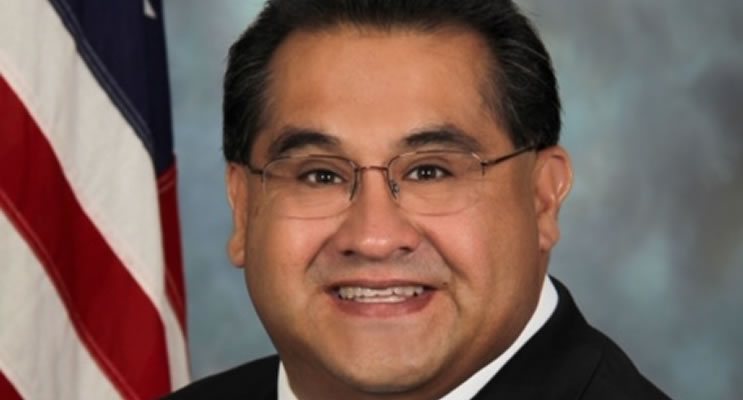San Bernardino, Ca– Assemblymember James C. Ramos (D – Highland) convened a roundtable discussion on local behavioral health resources following a tour of the Windsor Crisis Stabilization Unit (CSU) in San Bernardino. Key topics of interest included collaboration with law enforcement, partnerships with clinicians, and the importance of additional behavioral health resources in San Bernardino.
“It’s important to hear directly from the front line workers to learn about solutions and difficulties for treating mental health. The crisis stabilization unit model has shown to be a more cost-effective treatment option when compared to hospitalization. Those who utilize CSUs require less support later, and contribute overall to a more resilient community. I was also pleased to learn about the successes with the crisis residential treatment centers and the community crisis response teams. In the Assembly I fought for more funding to treat mental health crises and will continue to do so,” said Assemblymember Ramos.
Assemblymember Ramos was joined by San Bernardino County Behavioral Health Director Dr. Veronica Kelley and San Bernardino City 3rd Ward Councilmember Juan Figueroa on the roundtable discussion, which was also composed of local mental health professionals, experts and law enforcement.
“The San Bernardino County Department of Behavioral Health is thankful for support from Assemblymember James Ramos, San Bernardino City Councilmember Juan Figueroa, local law enforcement, and our contract service providers. Our partnerships and collaborative efforts have enhanced our system of care and have increased our community’s accessibility to effective and appropriate treatment, while reducing the costs associated with unnecessary hospitalization and/or incarcerations,” said Dr. Veronica Kelley, San Bernardino County Behavioral Health Director.
The roundtable discussion shed light on three levels of treatment methods that are currently being utilized by the Department of Behavioral Health: crisis stabilization units, crisis residential treatment centers, and community crisis response teams.
Crisis stabilization units (CSU) provide care on a short-term (less than 24 hours) basis and have between 16 and 20 beds. Their purpose is to administer psychiatric care in a separate facility that creates an environment more suited to stabilization than hospital or jail setting. Following stabilization, these facilities provide outpatient treatment for patients such as therapy, case management and medication support. They can serve patients as young as 14 years old.
Crisis residential treatment centers (CRT) are typically the second level of care following intake at a crisis stabilization unit. They serve only adults and allow for longer stays of 90 days. These facilities often have a maximum of 16 beds.
Community crisis response teams (CCRT) are regional field teams dedicated to helping individuals experiencing a mental health crisis. They receive calls from law enforcement, schools, families, and self-referrals. Individuals may then be referred to a CSU or CRT. Law enforcement officers have remarked that CCRTs taking mental health cases has freed them to stay on the streets in the community. Of the approximately 1,300 crisis calls that CCRTs fielded last year, 60 percent were diverted from hospitalization.
Last July, Assemblymember Ramos published an op-ed in support of CSU, which can be found here: Crisis Stabilization Units Promote Recovery.


